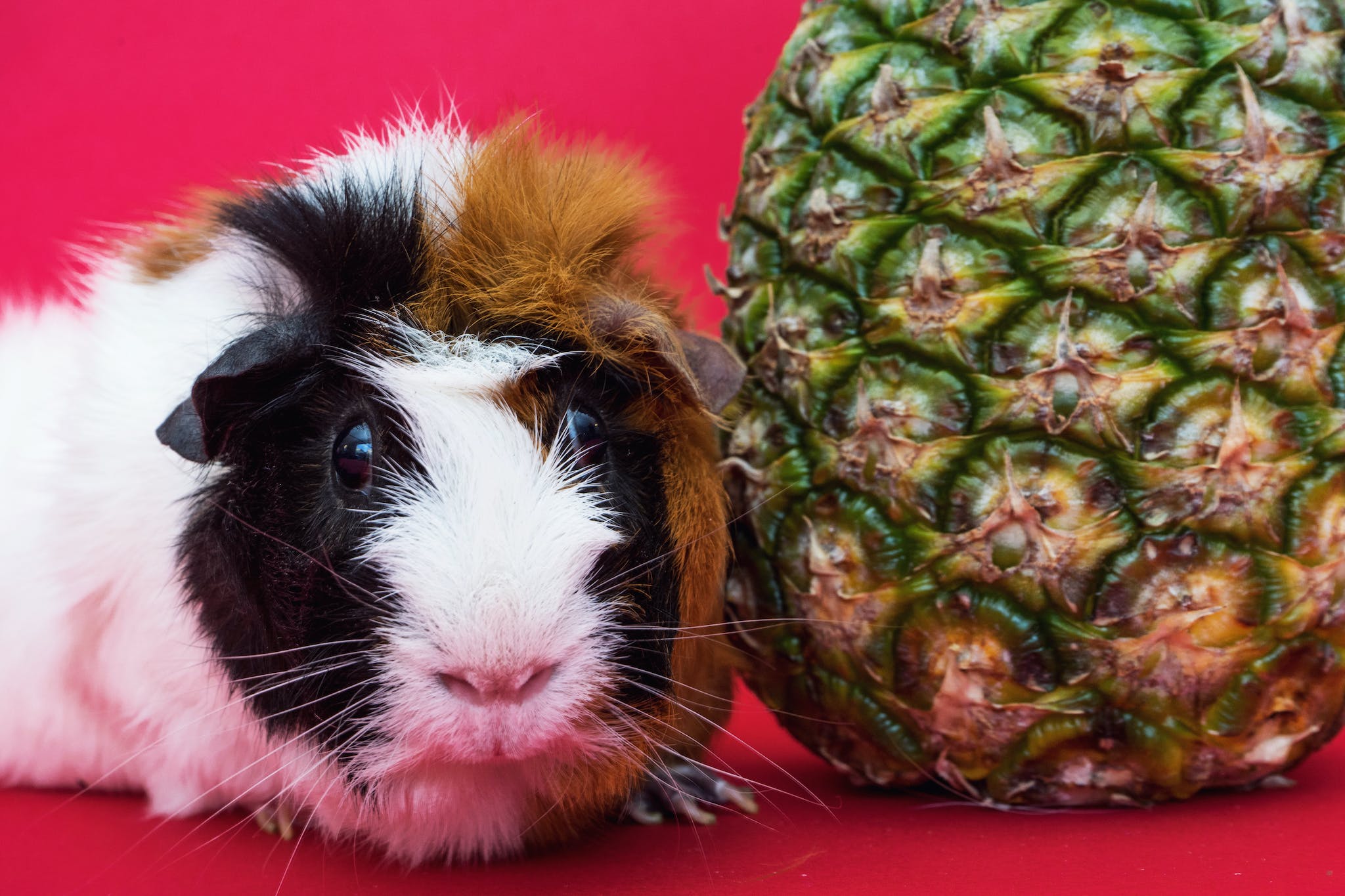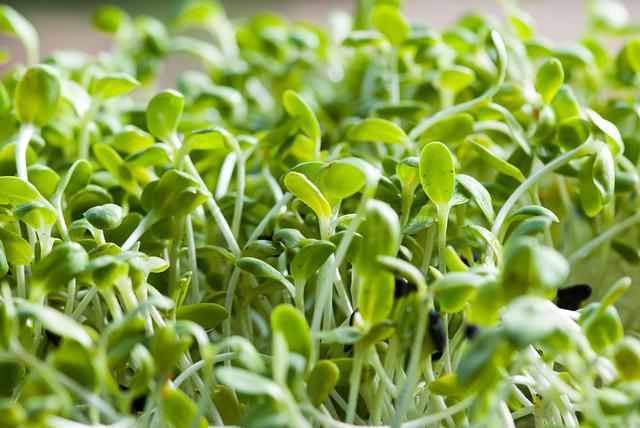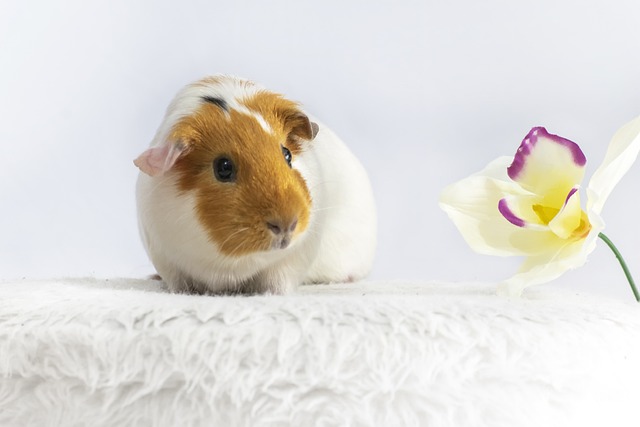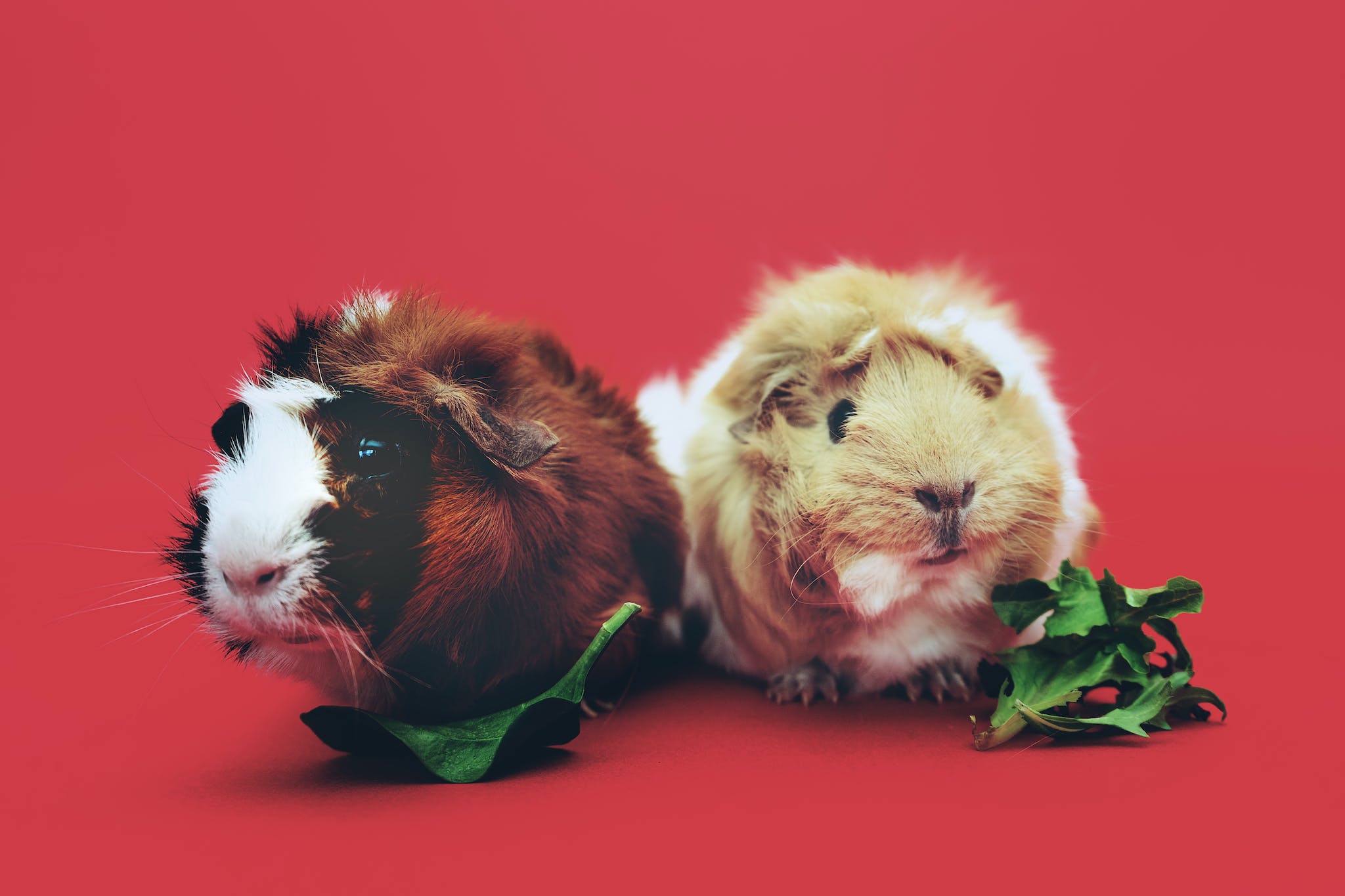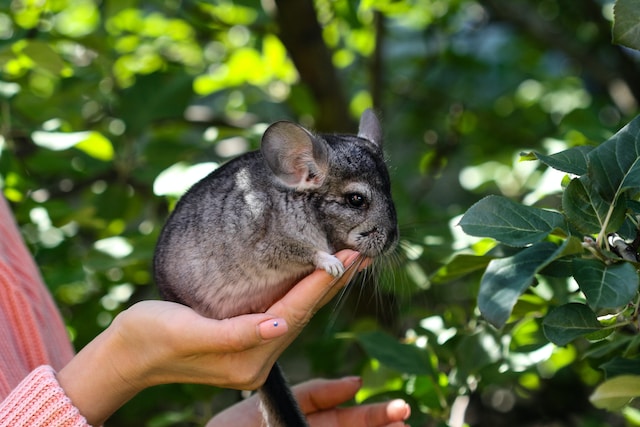Guinea Pig Facts: Interesting Things To Know!
There are some affiliate links below, but they are all products I highly recommend. For more info, view my disclosure here.
If you’re a guinea pig owner, or just a fan of these adorable little creatures, you might be interested in learning some fun and interesting facts about them. Did you know that guinea pigs are social animals and should always be kept in pairs or groups? Or that they have four toes on their front feet but only three on their back feet?
In this article, we’ll be sharing guinea pig facts that will help you get to know these furry friends a little better. From their history as domesticated pets to their favorite foods and behaviors, we’ll cover a wide range of topics that will deepen your understanding and appreciation of these lovable creatures. So whether you’re a seasoned guinea pig owner or just starting to learn about these fascinating animals, read on to discover some amazing guinea pig facts!
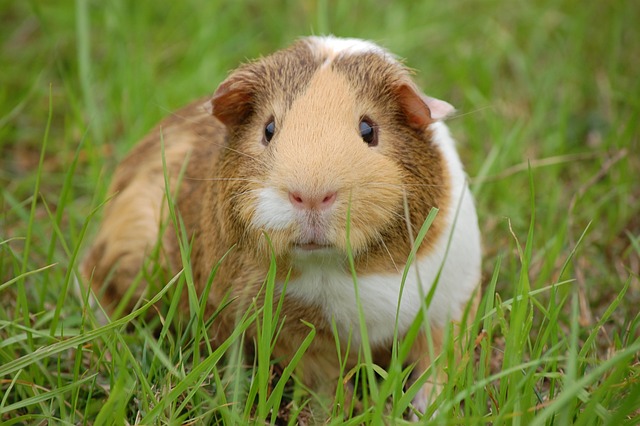
History and Origin
Guinea pigs, also known as cavy, have a long and fascinating history that dates back to the 16th century. In this section, you will learn about the native habitats of guinea pigs, their domestication timeline, and how they became popular pets.
Native Habitats
Guinea pigs are native to South America, specifically the Andes Mountains region. They were first domesticated by the Incas, who used them for food and religious ceremonies. Guinea pigs were highly valued by the Incas due to their docile nature, small size, and ability to reproduce quickly.
Domestication Timeline
Guinea pigs were first introduced to Europe by Spanish explorers in the 16th century. They quickly became popular as pets due to their cute and cuddly appearance. Queen Elizabeth I of England is said to have kept guinea pigs as pets, further popularizing them among the wealthy.
Over time, guinea pigs were selectively bred for specific traits, such as long or curly hair. Today, there are many different breeds of guinea pigs, each with their own unique characteristics.
Guinea pigs have a rich history that spans centuries. From their native habitats in South America to their popularity as pets in Europe, guinea pigs have captured the hearts of many. Whether you are a long-time guinea pig owner or just discovering these adorable creatures, there is always more to learn about these fascinating animals.
Physical Characteristics
Guinea pigs, also known as cavia porcellus, are small rodents that are native to South America. They have a distinctive appearance that sets them apart from other small animals. Here are some physical characteristics of guinea pigs:
Breed Variations
There are many different breeds of guinea pigs, each with its unique physical characteristics. Some of the most popular breeds include the American guinea pig, the Abyssinian guinea pig, and the Peruvian guinea pig. Each breed has its unique coat type, color, and pattern.
For example, the American guinea pig has a short, smooth coat that comes in a variety of colors, while the Abyssinian guinea pig has a rough, wiry coat that forms rosettes. The Peruvian guinea pig has long, silky hair that requires regular grooming.
Growth and Development
Guinea pigs are born with a full coat of hair and fully developed eyes. They grow quickly during their first few weeks of life, reaching their full adult size at around six months old. On average, guinea pigs weigh between 1.5 and 2.5 pounds and have a large head in proportion to their body.
Hairless guinea pigs are a unique breed that lacks fur. They have a smooth, pink or gray skin that requires special care to prevent sunburn and injury. Hairless guinea pigs are also prone to skin infections and require regular bathing.
Guinea pigs have a unique appearance that makes them popular pets. Understanding their physical characteristics, including breed variations and growth and development, can help you provide the best care for your furry friend.
Behavior and Social Structure
Social Interactions
Guinea pigs are social animals and thrive in the company of other guinea pigs. They are sociable animals that prefer to live in small groups of 2-4 individuals. When kept in larger groups, they may become aggressive towards each other and fight for dominance. It is important to introduce guinea pigs to each other gradually and monitor their interactions to ensure they get along.
Guinea pigs communicate with each other through a variety of behaviors, such as grooming, touching noses, and chirping. They also establish a hierarchy within their group, with one individual being the dominant leader. This dominant individual will often assert their dominance by mounting and grooming the other members of the group.
Communication and Sounds
Guinea pigs are known for their wide range of vocalizations, which they use to communicate with each other and with their owners. Some common sounds include chirping, purring, wheeking, and teeth chattering. Each sound has a specific meaning, and with time, you can learn to understand what your guinea pig is trying to tell you.
Guinea pigs are also sensitive to loud noises, which can startle and stress them out. It is important to keep them in a quiet and calm environment to ensure their well-being. If you need to make loud noises around your guinea pig, such as vacuuming or playing loud music, it is best to move them to a different room or provide them with a safe hiding spot.
Diet and Nutrition
Essential Foods
A guinea pig’s diet should consist mainly of hay, supplemented with a small portion of vegetables and fresh fruits. Timothy hay is the best option as it is high in fiber and low in calcium, which is important for guinea pigs. Good quality hay is essential for their digestive health and should be available to them at all times.
In addition to hay, guinea pigs require extra vitamin C in their diet as they cannot produce it on their own. Fresh fruits such as strawberries, oranges, and kiwi are great sources of vitamin C. However, only small amounts should be given as fruits are high in sugar and can lead to obesity and dental problems.
Feeding Practices
It is important to feed guinea pigs natural-ingredient diets that are free from additives, preservatives, and artificial colors. Processed foods and treats should be avoided as they can cause digestive issues and lead to obesity.
When feeding vegetables, it is best to introduce them gradually to avoid any digestive issues. Vegetables should be washed thoroughly and cut into small, bite-sized pieces. Some good options include bell peppers, kale, and carrots.
In summary, a guinea pig’s diet should consist mainly of hay, supplemented with fresh fruits and a small portion of vegetables. It is important to provide them with extra vitamin C and to avoid processed foods and treats. By following these feeding practices, you can ensure your guinea pig stays healthy and happy.
Health and Care
Common Health Issues
As a guinea pig owner, it is important to be aware of the common health issues that your pet may face. Some of the most common health issues in guinea pigs include respiratory infections, dental problems, and skin issues. Respiratory infections can be caused by poor ventilation, high humidity, or drafts. Dental problems can arise if your guinea pig’s teeth are not properly aligned or if they do not wear down naturally. Skin issues can be caused by mites or fungal infections.
If you notice any signs of illness in your guinea pig, such as lethargy, loss of appetite, or breathing difficulties, it is important to seek veterinary care immediately. Early intervention can help prevent more serious health issues from developing.
Proper Care Tips
Good care is essential to keeping your guinea pig healthy and happy. One important aspect of guinea pig care is maintaining their digestive health. Guinea pigs produce special soft poos, known as cecotropes, which they eat directly from their anus. These poos are rich in nutrients and help maintain a healthy gut.
In addition to ensuring your guinea pig has access to their own poo, it is important to provide them with a balanced diet that includes hay, fresh vegetables, and a small amount of pellets. You should also make sure your guinea pig has access to fresh, clean water at all times.
Guinea pigs are sensitive to high temperatures and can easily suffer from heat stroke. Make sure your guinea pig’s living space is kept in a cool, well-ventilated area, and provide them with plenty of shade and water during hot weather.
On a daily basis, you should check your guinea pig’s living space for cleanliness and ensure that they have plenty of space to move around. Regular grooming, such as brushing their fur and trimming their nails, is also important to keeping your guinea pig healthy.
By following these proper care tips, you can help ensure that your guinea pig remains healthy and happy for years to come.
Breeding and Reproduction
Life Cycle
Guinea pigs reach sexual maturity at around 3-5 months of age, and females can have their first litter as early as 4 months old. The gestation period for guinea pigs is approximately 68 days, and they typically give birth to litters of 1-6 babies, also known as pups.
After birth, the mother will nurse her pups for about 3-4 weeks. During this time, it’s important to provide her with a diet that’s high in protein and calcium to support milk production. After weaning, young guinea pigs should be separated by gender to prevent unwanted breeding.
Guinea pigs have a relatively short lifespan, with an average of 4-6 years. As they age, their reproductive capabilities may decline, and they may become less fertile.
Breeding Considerations
When considering breeding guinea pigs, it’s important to ensure that both the male and female are healthy and of appropriate age. Breeding too young can lead to complications, while breeding too old can result in decreased fertility and health issues in the offspring.
It’s also important to consider the growth rate of the offspring. Guinea pigs grow quickly, and it’s important to provide them with a diet that’s high in fiber and low in fat to support healthy growth. Overfeeding can lead to obesity and other health issues.
Breeding guinea pigs can be a rewarding experience, but it’s important to do so responsibly and with the health and well-being of the animals in mind.
Guinea Pig Fun Facts
Guinea pigs are fascinating animals with a lot of interesting quirks and behaviors. Here are some fun facts about these adorable creatures:
Record Holders
Did you know that the oldest recorded guinea pig lived to be 14 years and 10.5 months old? Her name was Snowball and she lived in Nottinghamshire, England. She was recognized by the Guinness Book of Records as the world’s oldest guinea pig.
But Snowball isn’t the only guinea pig to hold a record. In 2013, a guinea pig named Flash from the UK set a Guinness World Record for being the world’s fastest guinea pig. He ran a distance of 10 meters in just 8.81 seconds!
Quirky Behaviors
Guinea pigs are known for their quirky behaviors, such as “popcorning,” which is when they jump up and down in excitement. They also have a unique way of communicating with each other through a variety of sounds, such as chirping, purring, and even teeth chattering.
Another interesting fact about guinea pigs is that they are social animals and thrive in groups. They also have a strong sense of hierarchy within their group, with one dominant guinea pig usually taking charge.
Overall, guinea pigs are fascinating creatures with a lot of unique qualities. Whether you’re a seasoned guinea pig owner or just learning about these animals for the first time, there’s always something new to discover about them.
Choosing and Keeping a Guinea Pig
Selecting Your Pet
When selecting a guinea pig as a pet, there are a few things to keep in mind. First, ensure that you are purchasing your pet from a reputable source, such as a breeder or pet store. Look for a guinea pig that is alert, active, and has a healthy coat. Avoid guinea pigs that appear lethargic or have any signs of illness.
Secondly, consider the age and sex of the guinea pig you want. Young guinea pigs are easier to tame and train, while older guinea pigs may be more set in their ways. If you plan on keeping more than one guinea pig, it is important to choose guinea pigs of the same sex to avoid unwanted breeding.
Housing and Accessories
Guinea pigs require a lot of space to live comfortably. A cage that is at least 7.5 square feet is recommended for one or two guinea pigs. The cage should be lined with wood shavings or paper-based bedding, and cleaned regularly.
In addition to the cage, guinea pigs also require access to fresh water at all times. A water bottle is the best option, as it helps to keep the water clean and prevents spills.
Guinea pigs also need a variety of toys and accessories to keep them entertained and healthy. This includes things like hideaways, tunnels, and chew toys. Providing your guinea pig with a balanced diet that includes hay, fresh vegetables, and a small amount of pellets is also essential for their health and wellbeing.
Overall, guinea pigs make great pets for those who are willing to provide them with lots of love, attention, and care. With the right housing and accessories, your pet guinea pig can live a happy and healthy life.
